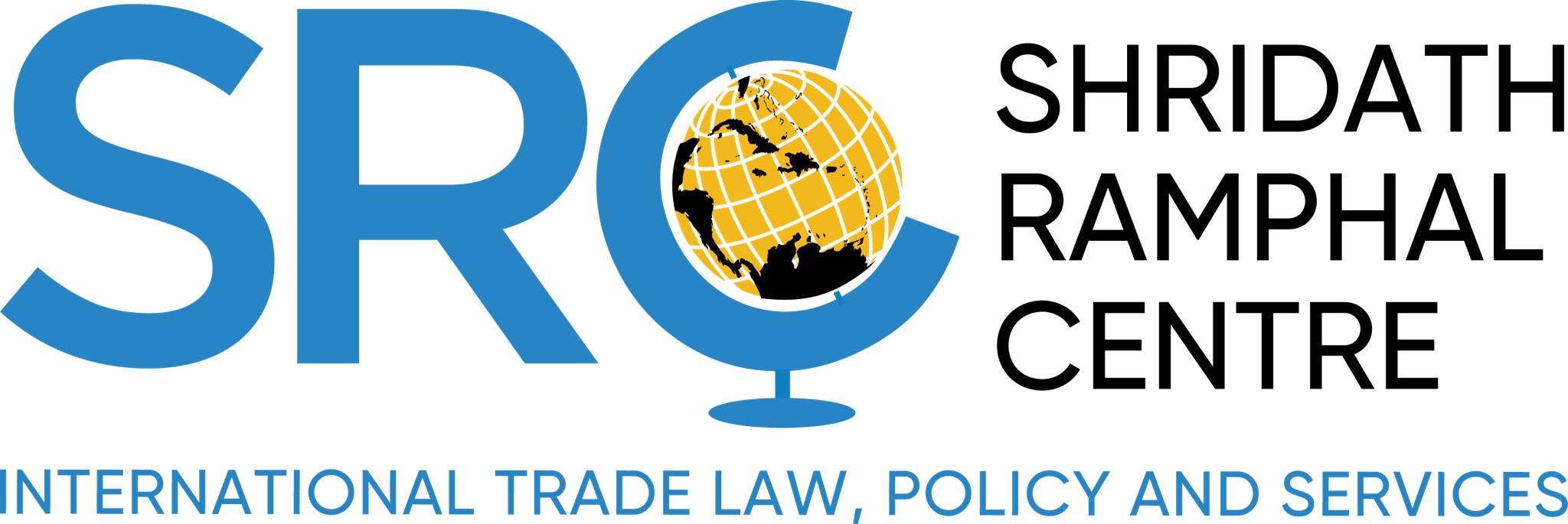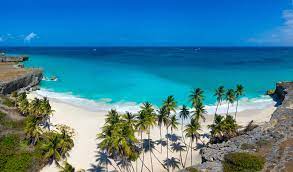As one of Earth’s most valuable natural resources, the ocean – which covers 70 percent of the planet, absorbs 90 percent of heat from global warming, sequesters 30 percent of carbon dioxide released, and produces over 50 percent of the oxygen that we breathe – holds a revered place for many countries of the Global South, especially Small Island Developing States (SIDS) and coastal states. SIDS increasingly self-identify as big ocean states due to the largely untapped oceanic resources of their exclusive economic zones (EEZs). While on the frontlines of the triple planetary crisis including the climate crisis, SIDS are also on the frontlines for advancing the blue-green trade agenda driven by grassroots innovative solutions and guided by a regenerative circular economy. Through rich marine resources including the potential of renewable energy and a range of blue services including carbon sequestration provided by mangroves and seagrass meadows, there are many potential opportunities to attract trade, investment and financing for sustainable development in the region. These opportunities and questions arising from them are explored in this SRC Trading Thoughts.
Given its potential as one pathway to advance the triple bottom line of sustainable development with environmental, social, and economic positive impacts, the ocean holds great promise to find a better balance for people, for planet; ocean health and wealth. On the “health” side, it is important for SIDS and all other players to realize that the ocean is not an unlimited resource. But on the “wealth” side, there are also commercial opportunities (many of which are non – extractive) that are available to SIDS to pursue their own developmental objectives, while also achieving progress towards the Sustainable Development Goals (SDGs) and other environmental objectives. Given its largesse, the blue economy provides one way to attract investment in sustainable development to the Global South, primarily through improved market access for their blue goods and services, as well as through technology transfer and enhancement of data capacity and other capacities that are key to unlocking their marine related resources. Leveraging natural advantages of SIDS such as marine renewable energy; rich marine resources including mangroves, seagrasses and coral reefs; as well as the potential of research on largely untapped areas such as the deep – sea and application of digital twins of the ocean (virtual representation and copies of the physical ocean and its’ associated ecosystems which uses real – time data and allows for monitoring, modelling and simulation), make the Caribbean an attractive place for investment.
Unfortunately, many SIDS do not have access to the investment, finance and technology required to truly take advantage of these opportunities based on their natural capital. In fact, investment in SDG 14 – Life Below Water – remains the most underinvested among the SDGs. To start with, many countries still lack a clear understanding and inventory of the value of their resources which means that blue resources need to be first identified, mapped and then valued. As conversations and actions progress on an overhaul of the global financial system and architecture, such as through bold leadership and activities such as the Bridgetown Initiative, these will play a key role in financing the blue – green transformation, including action towards resilience and justice.
With this in mind, how can the international governance regime, in particular international trade and climate policy and negotiations be advanced in the service of SIDS’ priorities?
One area that has been discussed relates to the negotiations under Article 6 of the Paris Agreement which acknowledges that countries can pursue voluntary cooperation in the implementation of their nationally determined contributions (NDCs) to allow for higher mitigation ambition and to promote sustainable development. Article 6.2 in particular outlines the possibility of cooperative approaches and the transfer of Internationally Transferable Mitigation Outcomes between different actors, including countries and private sector companies, through bilateral agreements. Many developing countries have stated their intentions to develop sovereign carbon markets to achieve the ambitions specified within – and in CARICOM SIDS there are some suggestions that we could use our blue resources to contribute towards our NDCs (specifically blue NDCs), as well as to create blue carbon credits that can be used to finance our development priorities. But there is not currently a regional framework and different countries are moving at different speeds. So far voluntary markets have been pursued to secure opportunities, but the new opportunities becoming available through the conclusion of Article 6 negotiations at COP28 must also be carefully considered. They also raise their own set of questions: Do SIDS have the economies of scale required to not only participate in the blue carbon market but to also be competitive? Do we have enough data available and institutional capacity to deliver? Are we ready to pursue this as yet? Are carbon credits one solution in the fight against the climate crisis? Does this benefit communities in SIDS or is it another excuse for developed countries to continue to pollute?
Another area for further alignment between the ocean – climate nexus and trade worlds would be for WTO members to converge on common standards to measure and verify the carbon content of products as well as blue carbon project certification and legally binding carbon credit verification to avoid the emerging blue – greenwashing that is being seen in this space.
Finally, there is need to better take cognizance of the interconnectedness of issues. One cannot speak about the economic value of the ocean without recognizing how intimately linked this is to social impact especially livelihoods, which often do not rely on formal market exchanges and are not sufficiently captured in official national accounts. To leave no one behind, especially in sectors such as tourism and fisheries which contribute significantly to Caribbean SIDS, the role of women and youth (of which the former makes up most of the workforce and the latter is an important proportion) must be prioritized.
As the blue economy continues to hold promise to unlock and leverage development finance, it is an example of systems change at an international level. Many model processes, negotiations and actions in key blue sectors such as on fisheries subsidies, and the recently adopted UN agreement on Biodiversity Beyond National Jurisdiction (BBNJ) or the High Seas Treaty are examples of victories of reinvigorated multilateralism. These could serve as a model or blueprint to share with WTO member states as the theory of change to remake the global trade system. As the tides continue to turn, the ocean could hold the key for a new blue deal, while being the biggest ally against the climate emergency.
Dr. Jan Yves Remy is Director of the Shridath Ramphal Centre for International Trade Law, Policy and Services at the UWI, Cave Hill Campus; and Ms. Nikola Simpson is a Climate and Ocean Expert and Advocate.
For more information, contact the SRC at www.shridathramphalcentre.com


